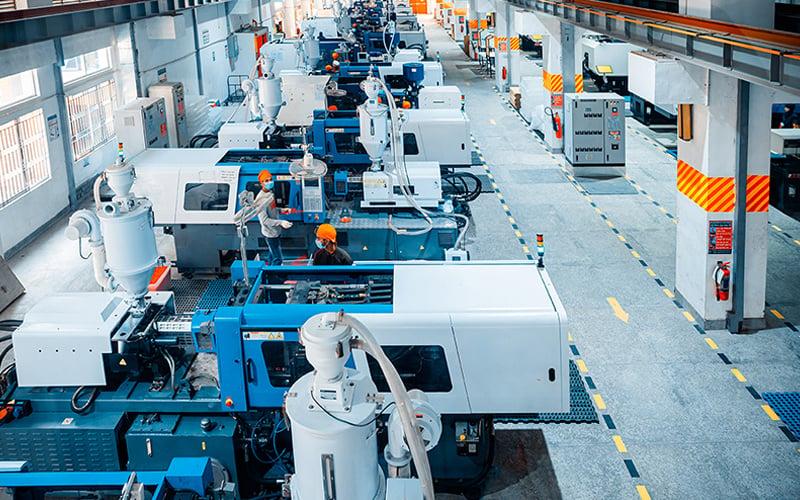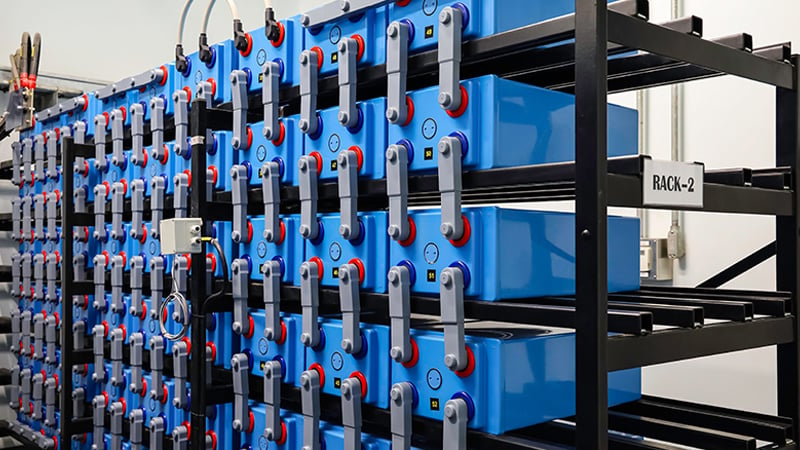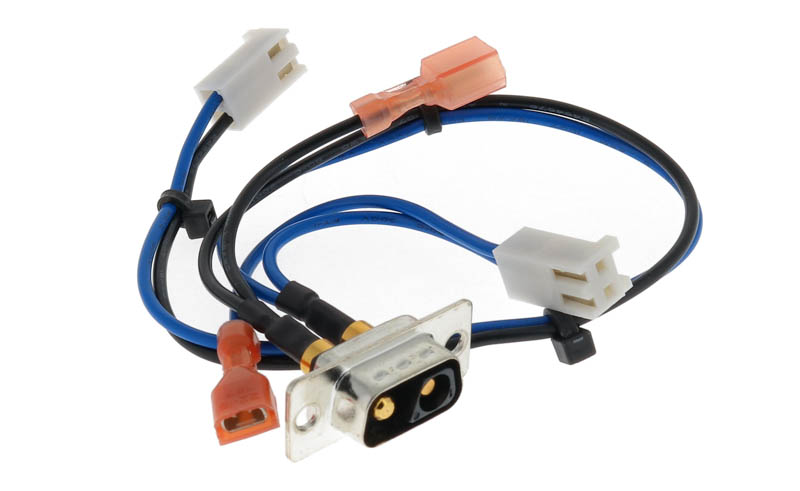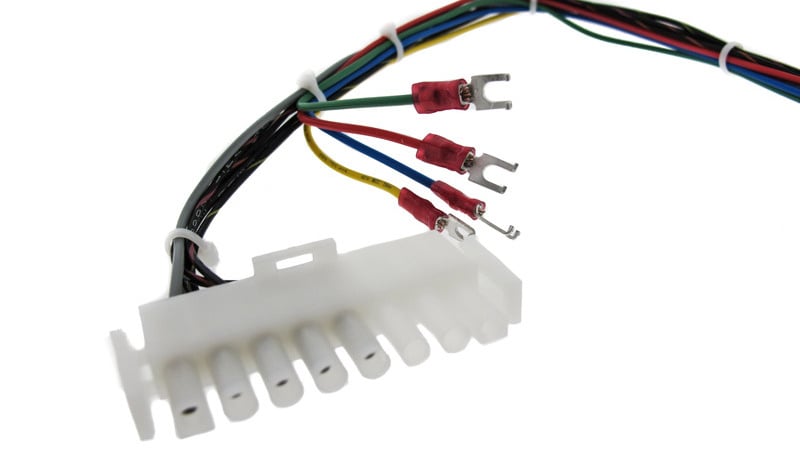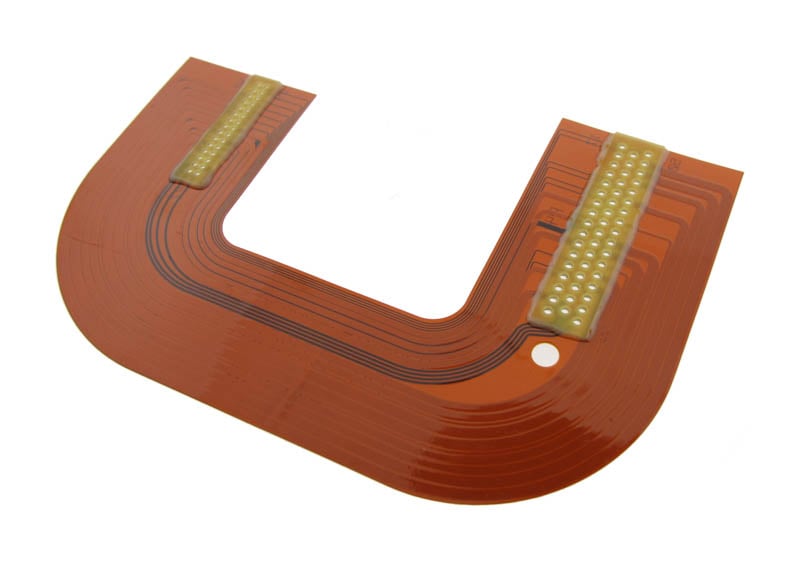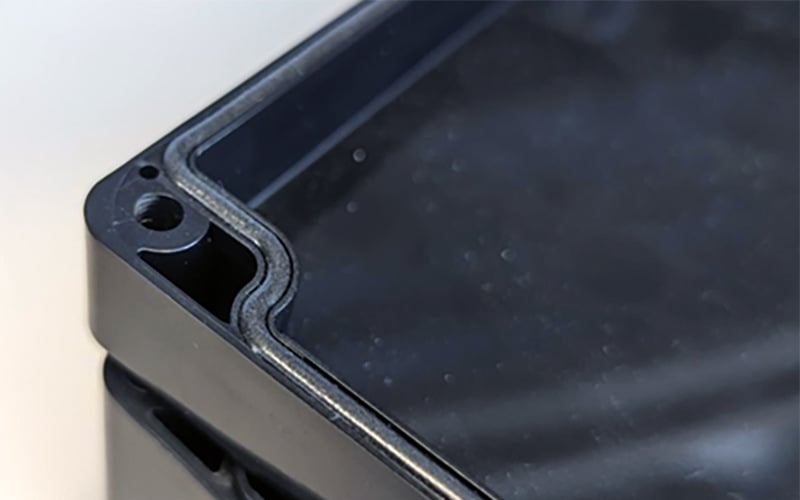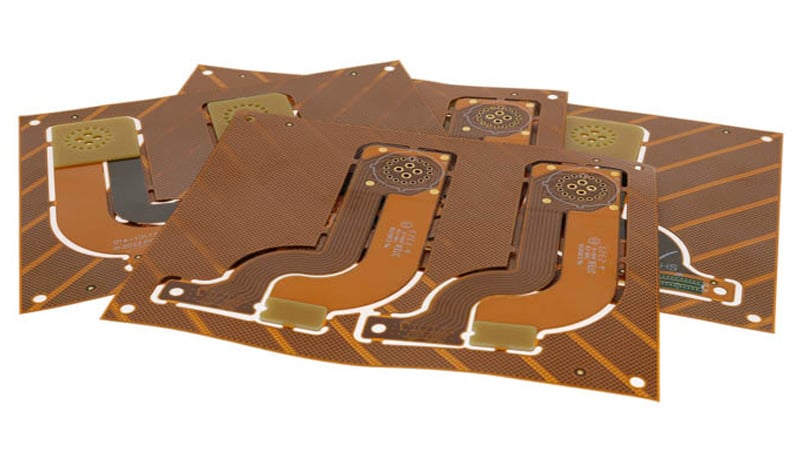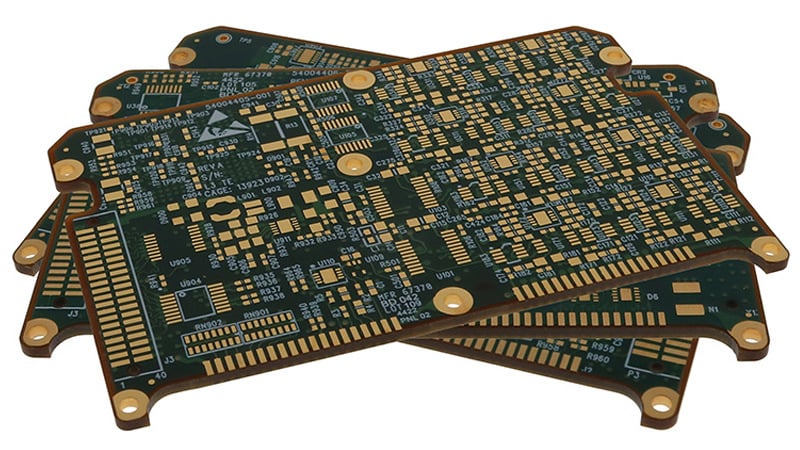Outdoor-rated enclosures incorporate numerous technologies to stand up to the harsh conditions they must face. These technologies include waterproof keypads and membrane switches, custom silicone gasketing, and highly engineered raw materials such as weatherable ABS/PC blends that can be injection molded creating the custom enclosure shape.
Technology has required the need for energy storage devices to become lightweight and small to accommodate a range of devices. These devices need storage devices that can store high amounts of energy that can provide for long periods of time.
Custom cable assemblies are terminated with a wide range of connector types. These range from the simplest of connections that include ring, spade, and fork terminals, to highly specialized circular connectors used for military and aerospace applications. For the latter, some connector families are single-sourced and only available from a single connector manufacturer.
Within the complexities of modern manufacturing, the creation of custom cable assemblies stands out as a testament to both engineering precision and the nuanced understanding of materials science. These engineered products are tailored to meet the specific needs of various applications and are pivotal in powering, connecting, and ensuring the reliability of a wide range of electronic devices and systems from dozens of industries.
Peak Season is a term that is thrown around the shipping industry and generally refers to one of 4 major shipping events during a calendar year: Lunar (Chinese) New Year, which ranges from January to February, Back-to-School, which ranges from June to August, “Peak Season”, the pre-holiday peak (from August to October), and Golden Week, the holiday that takes place from Oct. 1-7 and results in a complete manufacturing shut down.
Here at Epec, we provide various materials and key components used in our flexible heaters solutions. Our team carefully selects these materials to ensure optimal performance, flexibility, and durability in even the most demanding applications. From polyimide to silicone rubber, we offer a wide range of options to meet the specific needs of industries like aerospace, medical devices, and automotive.
Creating a high-performance flexible printed circuit board is contingent upon having the right copper weight. With high-temperature, high-power, and long-lasting applications, the weight of the copper used becomes even more important.
Gaskets play a crucial role in ensuring the safety and functionality of countless devices across various industries. From providing waterproofing to maintaining the integrity of electronic enclosures, the right gasket selection can make a significant difference.
The manufacturing of printed circuit boards (PCBs), especially flex and rigid-flex PCBs, involves intricate processes that require precision and expertise. Among the critical aspects of PCB manufacturing are surface finishing and stiffener bonding, both of which significantly impact the reliability and performance of the final product.
Printed circuit boards (PCBs) require insulation as part of the manufacturing process. The insulation helps to protect non-conductive materials while also preventing the conductive components from coming into contact with each other. It separates the conductive paths to prevent shortages and failures.


